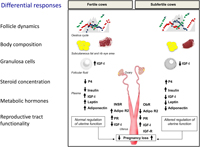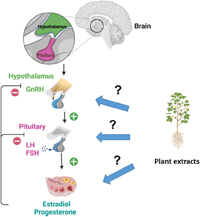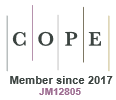Historically, melatonin has been seen as a pineal hormone that plays one essential role – the synchronisation of reproductive and other brain-controlled functions with changes in photoperiod. Often driven by the detection of melatonin receptors in non-brain tissues, it has become clear that melatonin plays a much wider variety of roles in the function of the testis, sperm, ovary, follicles, oocyte, embryo, placenta, fetus and mammary gland. This Collection presents this broader view of melatonin biology, and how the new concepts can be applied to livestock production.
Collection Editors
Alfonso Abecia, Guest Editor (Facultad de Veterinaria, Universidad de Zaragoza, Spain)
Graeme B. Martin, Co-Editor-in-Chief (Reproduction Fertility and Development)
Last Updated: 06 Dec 2024




















